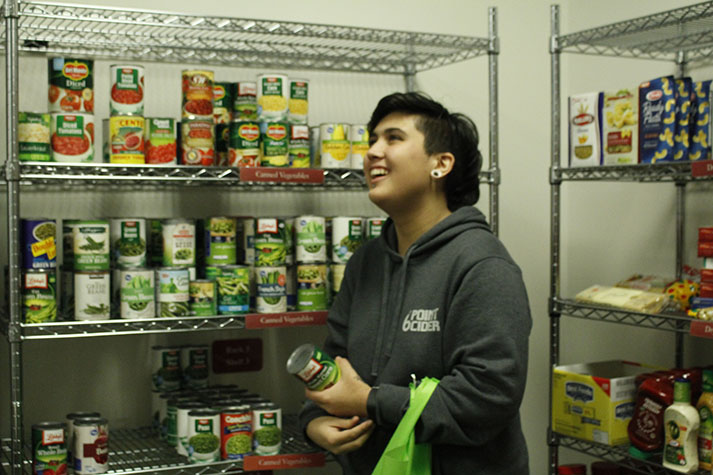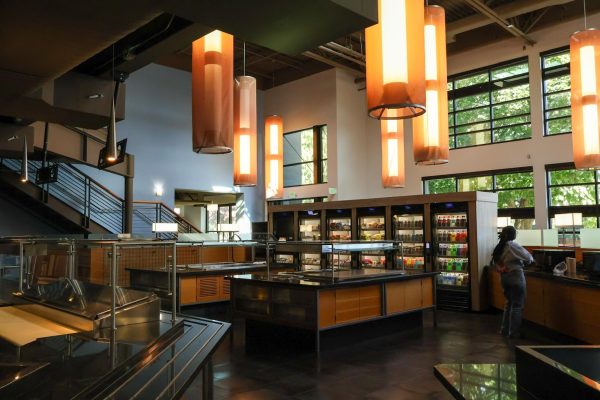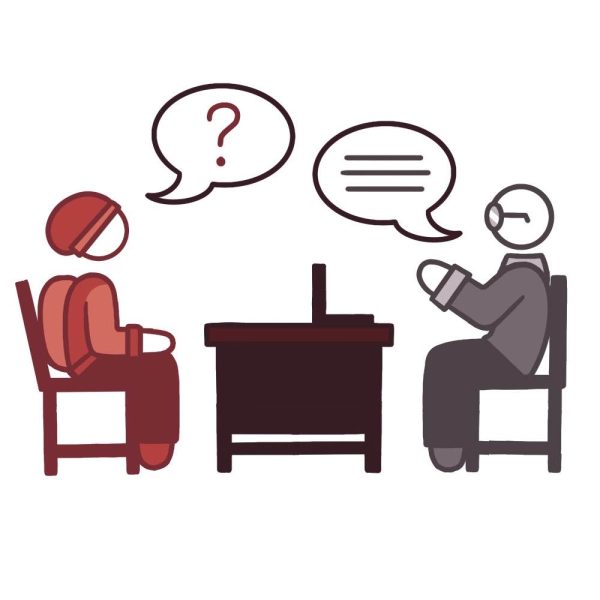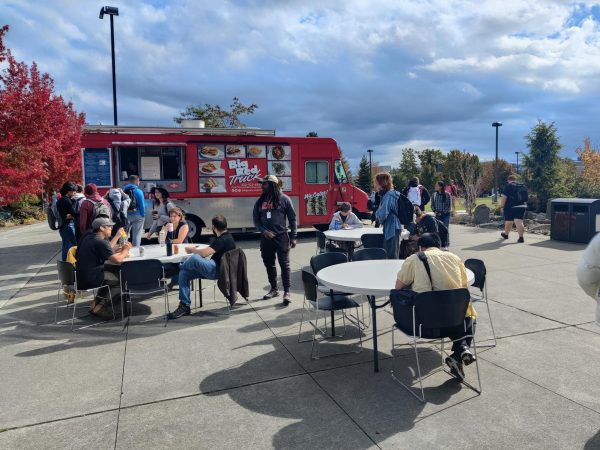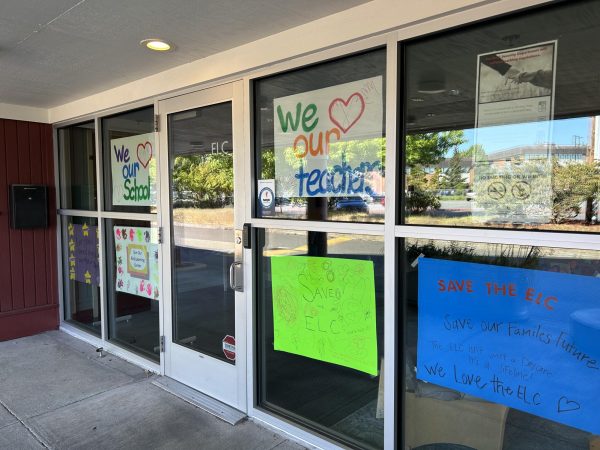One EvCC Student’s Struggle with Food Insecurity
Gabi Lecusay grabs cans from the EvCC food pantry shelves.
Gabi Lecusay, an EvCC student, has $20 to spend on food each month. To put this number into perspective, that’s roughly four lattes from Bargreen’s.
A month.
Before moving to Snohomish, WA, Lecusay lived in her car for three months in Miami, Florida. To make ends meet while she was homeless, she worked at a Mediterranean restaurant and couldn’t afford to eat more than twice a day. She relied primarily on meals she got from her work. She put all the money she could into savings and into buying a plane ticket.
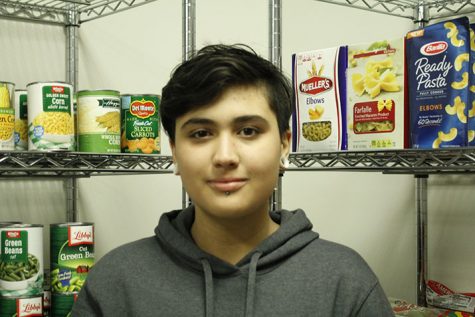
Gabi Lecusay, 18, moved to Washington from Miami, Florida in July of 2017.
She’s been at EvCC since fall quarter of 2017 and she currently lives with her girlfriend in Snohomish. However, her living situation is not stable. “I could get kicked out at any point if we were to break up,” she said.
She struggles to make ends meet. She works minimum wage at an antique shop and is a full-time student. To afford her car insurance, gas, and phone bill, she makes sacrifices on food. Lecusay uses the food pantry once a week.
“I don’t want to take too much,” she says.
And Lecusay is not alone in her struggles. According to a survey of more than 30,000 students attending 121 colleges and universities in 26 states published by the University of Iowa and Temple University, more than half of undergraduate students reported food-access problems. Between 11 percent and 38 percent of students enrolled in community colleges reported “very low” levels of food security.
To address this growing issue, Student LIFE opened the food pantry in September of 2017. Anyone can use the food pantry–no sign-in required and no questions asked. “You walk in, you grab something, you walk out,” says Lecusay.
The food pantry serves about 40 people a week on average.
Jenna Mohr, EvCC’s ASB Vice President of Budget & Finance says, “A lot of the people who we have coming in are people who didn’t get their paychecks on time or just are struggling this month.”
Lecusay thinks it’s important the food pantry isn’t need-based, unlike most food banks. “Maybe some people don’t need the food pantry [long-term],” she explained, “but they need it for one time.” She says she wouldn’t even know how to verify her income as she has only been working a short time in Washington.
“I was very reluctant to use outside help because my parents highly discouraged it,” said Lecusay. “My parents [taught me] it’s better to struggle and do it yourself than to rely on the government.”
On top of everything else, she struggles to pay her tuition. Lecusay is working to qualify for aid, but the financial aid office “[isn’t] helpful in the sense that I go there many times, and they provide no help or advice.” She says she has to go to other advisors for help.
“I really had to push myself to become independent, which is why I do use the food pantry, because between school and the fact I just moved here,” Lecusay said, “I don’t know where to work or get money.”
Lecusay used to hold food and toiletry drives when she lived in Florida. “Never did I think I would be a person to need this,” she said. Without the food pantry, Lecusay would not be able to attend college or worse, she would have to go back to Florida.
To donate to the food pantry, there are stationed bins by the Welcome Center and outside the food pantry (Whitehorse Hall, Room 290). Things like diapers and baby food don’t get donated as often, but toiletries and school supplies are also needed. Donations are also accepted in the Student LIFE office.
For more information, visit Journalist’s Resource for statistics and studies on food insecurity across the U.S.

Where does The Clipper fit into your long-term goals?
My two years of editing experience have been amazingly formative as a leader and professional,...

What interests you about journalism?
I like Multimedia post videos, audio clips, take photos.
Where does The Clipper fit into your long-term goals?
Having...

